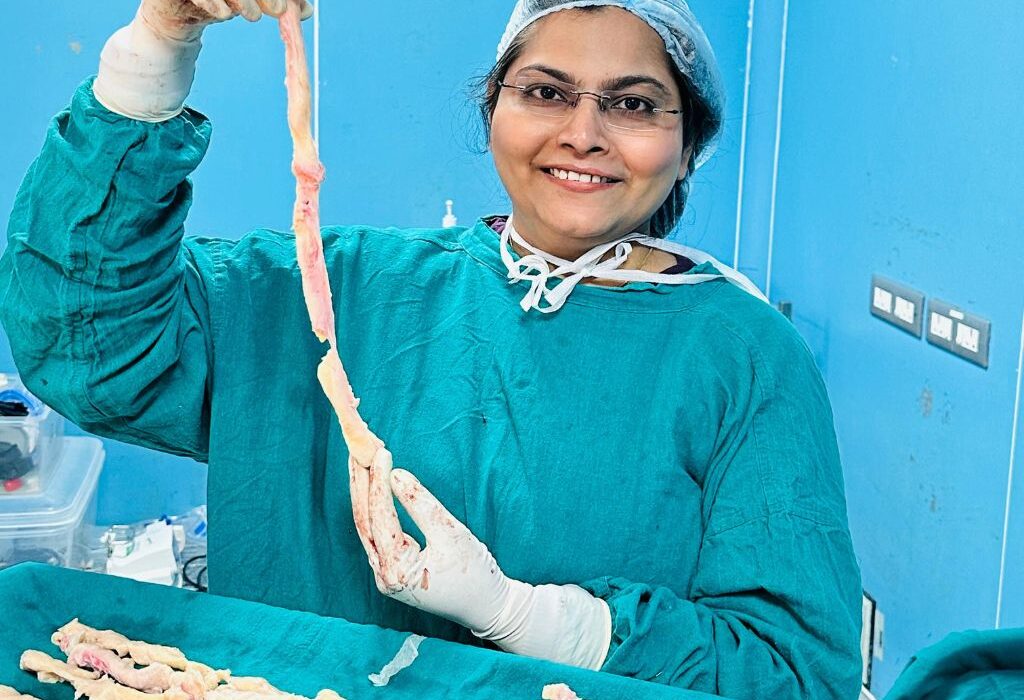Understanding Fibroids: Causes, Prevention, and Treatment
Fibroids, also known as uterine leiomyomas, are non-cancerous growths that develop in the muscular wall of the uterus. While they are common among women of reproductive age, the symptoms and severity can vary significantly. Let’s dive into the essential aspects of fibroids, their causes, prevention, and treatment options, and why laparoscopy is the preferred choice for managing them.
What Are Fibroids?
Fibroids are benign tumors composed of muscle and fibrous tissue. They can vary in size, ranging from tiny, undetectable growths to larger masses that can distort the shape of the uterus. Fibroids are classified based on their location:
- Intramural fibroids: Found within the muscular wall of the uterus.
- Submucosal fibroids: Grow into the uterine cavity.
- Subserosal fibroids: Extend to the outer surface of the uterus.
Common symptoms include heavy menstrual bleeding, pelvic pain, frequent urination, and complications during pregnancy in some cases. However, some women may remain asymptomatic.
What Are the Causes of Fibroids?
While the exact cause of fibroids is not fully understood, several factors are believed to contribute to their development:
- Hormonal Imbalance: Estrogen and progesterone, the hormones responsible for regulating the menstrual cycle, can promote the growth of fibroids.
- Genetic Factors: A family history of fibroids increases the likelihood of developing them.
- Lifestyle and Environmental Factors: Obesity, poor diet, and exposure to certain environmental toxins may elevate the risk.
- Age and Ethnicity: Women in their 30s and 40s, especially those of African descent, are more prone to fibroids.
How to Prevent Fibroids and Treatment Modalities
While fibroids cannot always be prevented, adopting a healthy lifestyle may reduce the risk:
- Maintain a Balanced Diet: Include plenty of fruits, vegetables, and whole grains to maintain hormonal balance.
- Exercise Regularly: Physical activity helps regulate weight and improve overall health.
- Manage Stress: Chronic stress can disrupt hormonal balance.
If fibroids develop, treatment options depend on the size, location, and severity of symptoms:
- Medications: Hormonal therapies can help regulate menstrual cycles and shrink fibroids.
- Minimally Invasive Procedures: Techniques like uterine artery embolization or radiofrequency ablation are effective in managing fibroids.
- Surgical Options:
- Myomectomy: Removes fibroids while preserving the uterus, ideal for women planning future pregnancies.
- Hysterectomy: Complete removal of the uterus, recommended for severe cases.
Why Choose Laparoscopy?
Laparoscopic surgery is a minimally invasive approach that offers numerous advantages over traditional open surgery:
- Smaller Incisions: Ensures minimal scarring and faster recovery.
- Reduced Pain: Less postoperative discomfort compared to open surgery.
- Shorter Hospital Stay: Most patients can return home within 24 hours.
- Improved Precision: Advanced technology allows better visualization and accuracy.
Why Choose Us?
At my clinic, I prioritize patient-centric care, combining expertise with state-of-the-art technology. As an accomplished gynecologist with extensive training in laparoscopic surgery (MBBS, DGO, DNB, FMAS), I ensure personalized treatment plans tailored to your needs. My commitment to excellence, compassionate care, and holistic approach makes this clinic a trusted choice for managing fibroids and other gynecological conditions.
Take the first step towards better health. Schedule a consultation with me today to explore the best treatment options for fibroids.For more information or to schedule an appointment, visit www.drmadhavipatil.com.



